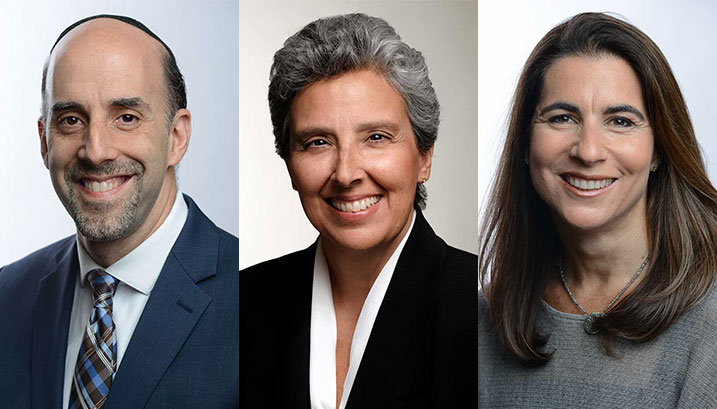Inspiration from Covenant Award Recipients, As We Head Back to School
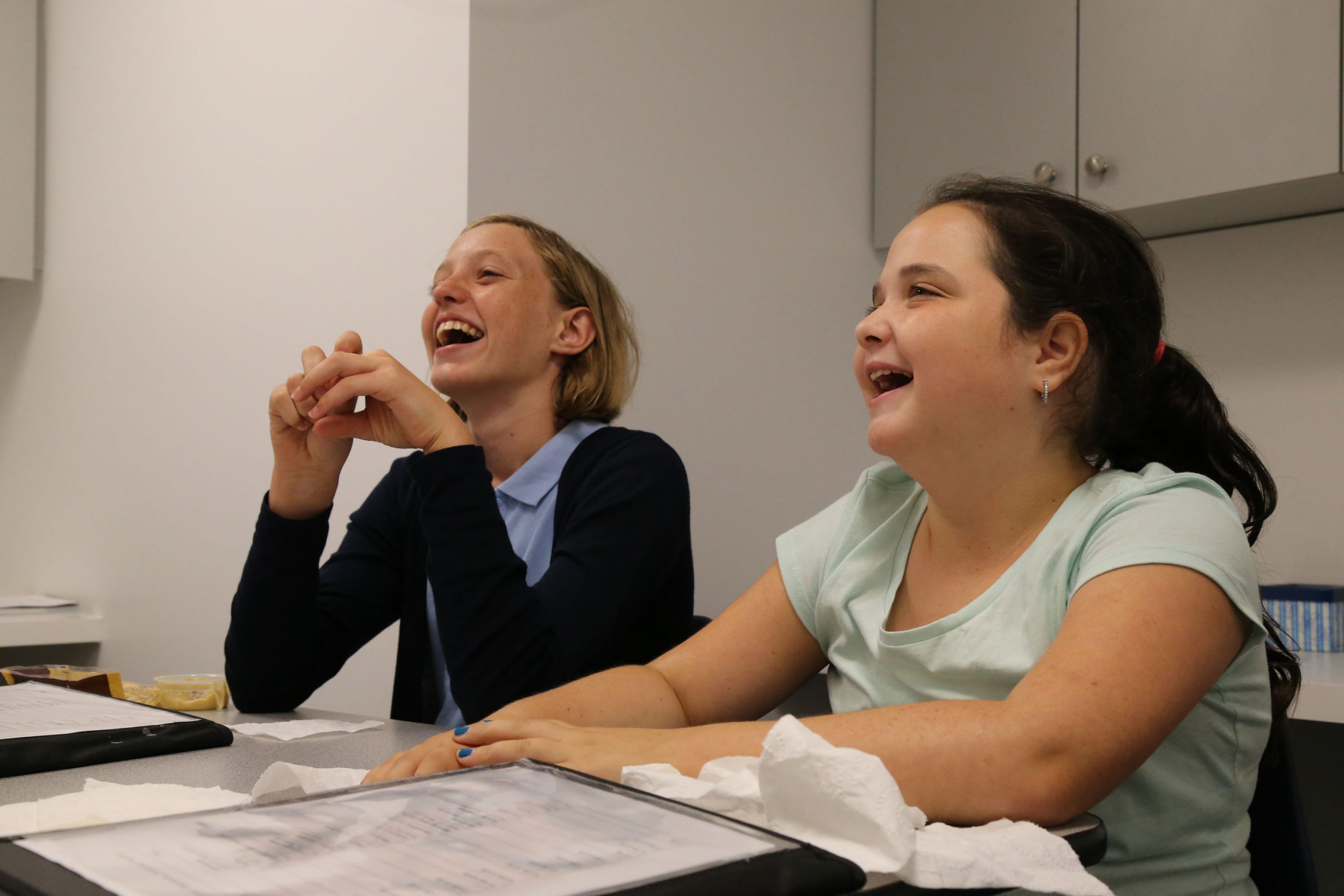
Cheshek Makes Learning Stick
A “Covenant Classroom” is one where Jewish learning shapes Jewish identity. The physical location of the “classroom,” is almost immaterial. For example, in the world of Jewish music, learning can happen in a traditional classroom, a synagogue, a concert hall, at a Shabbat table, on a ballfield, in a stairwell with good acoustics — virtually anywhere. It’s the cheshek—the passion, that matters.
Let me explain. I remember lying on the carpet of my parents’ living room floor when I was six or seven years old. I had put a Chasidic Song Festival album on the record player and was listening to a rendition of Al Shlosha D’varim. The song began slowly but gradually picked up in tempo. My favorite part was the bridge – the rhythm suddenly halted, the drums stopped playing, the band quivered on a single chord, and the soloist chanted two notes back and forth. The sound was so thrilling and cold! I would lie stick-still, feeling a shiver, not moving a muscle so as not to diminish the intensity of the moment.
Another illustration: Earlier this week, my seven-year old daughter was sitting in the back of our car. She asked me to put on a recording of Tizmoret singing the song, Uvenei Yerushalayim. We were almost home, and I told her that it might not make sense to put the song on, as we were so close to home. She said, “that’s ok, I’ll sit in the car and wait until the song is over.” Sure enough, she sang along with all her might as we sat in the car, parked outside our apartment building.
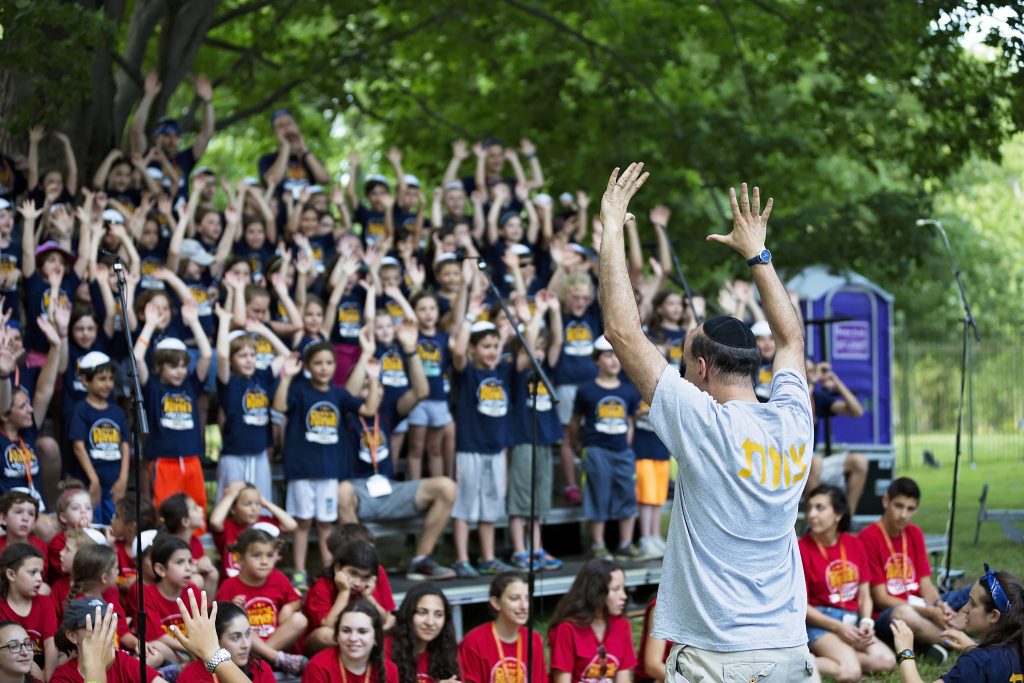
That moment reminded me of the line from the Shema that speaks of three ways we are to love God — b’chol levavcha, u’vchol nafshecha, u’vchol me’odecha — the plain translation of the final phrase being, “with all your might.” More than anything else, what we teach our students should awaken their emotions and ellicit a response. That response can be the result of compelling subject matter, of great teaching, or of mastery at the highest level. But it is the emotional connection between the learner and the subject matter — the cheshek– that makes learning stick.
My father used the word cheshek often when I was growing up. I once asked him why he left the world of the yeshiva to attend law school. He told me simply that he had lost his cheshek for (yeshiva) learning. When my brothers and I left for school every morning, he would ask us if we had our bus-pass, our kippah, our keys, and our cheshek. Perhaps he was being cute, but I think he believed that each of those was essential to our day. Before I teach a song, I need to love it. I hope it’s love at first sight, but I will let a song grow on me.
Once I connect to a song, I believe I can connect others to it. I have never (successfully) taught Jewish music that did not move me in some way. It is my job to be passionate about the music I teach and to transmit that passion to my students. That ought to be the essence of the Covenant Classroom.
–Daniel Henkin, Director of Music, Ramaz Upper School, Director of Music, Camp Ramah Nyack, 2016 Covenant Award Recipient
Gamar Gemara Savar Svara: Making Our Tradition Even Better
According to the Talmud, even in the eyes of God there was no one like Rabbi Meir in his entire generation. But, if he was so extraordinary, the text goes on to ask, why was the halacha never set according to his opinion?
The answer in the text is that the other rabbis in the Beit Midrash “couldn’t stand on his mind”—no one could figure out whether Rabbi Meir’s convincing arguments were actually his sincere views and might be correct, or whether he was just making the case for something unreasonable, but which he could convince anyone to think was reasonable!
Yet, in spite of the fact that Rabbi Meir seems to have been of no practical help to his colleagues who were interested in deciding concrete matters of religious practice, the story goes on to say that he “enlightened the eyes of the sages in the law.” The likely challenging process he put his colleagues through actually deepened their thinking and led them to insights of both enormous complexity and clarity. And made the law they came up with, better.
So how did Rabbi Meir get to be Rabbi Meir, I wondered? Another text elsewhere describes his path: “In the beginning, Rabbi Meir came to learn with Rabbi Akiva. Since Rabbi Meir ‘couldn’t stand on his mind,’ he then went to learn with Rabbi Yishmael and there he ‘gamar-ed his gemara’—he “learned” his “learning.” It was only then that Rabbi Meir he went back to Rabbi Akiva and “savar-ed”’ his “svara’”—he brought his moral intuition to bear on the traditions he had learned.
When Rabbi Meir first arrived in Rabbi Akiva’s classroom, he couldn’t understand what Rabbi Akiva was doing. Or perhaps he couldn’t tolerate the radicalness of Rabbi Akiva’s approach. So he went and learned with Rabbi Yishmael, who taught only the basics. He learned the set traditions, “just as his teacher had taught them to him, and just as his teacher’s teacher had taught them to his teacher.” Essentially, he memorized his mishnahs.
Then, Rabbi Meir was ready to go back to Rabbi Akiva and move beyond the traditions that he had learned, to dig into, as Rashi explains, what was beneath each law, what its essence was, and the reasons behind it. He learned to derive new meaning from the old, and to draw analogies from what he had, to what he needed to create. He learned to build bridges from what he knew the law was, to what he thought the law should be. He learned that he not only had permission, but a mandate to bring his life experience and moral intuition to bear on the questions of a new era in which the old answers just didn’t work any more. He developed his svara, his ability to use, as Rabbi David Weis-Halivni describes it, “reason informed by an inner, creative spirit.”
The story of Rabbi Meir’s educational journey is a model for what I think Jewish education must look like today. Rabbi Yishmael’s classroom would have been adequate for a time of stability, a time in which the old answers were still working, when the practices of the past were still compelling to our students and helping them make meaning in their lives. In times of calm, when the Jewish master story is working, it is enough to teach our students to “gamar their gemara”—to teach for literacy and to transmit norms.
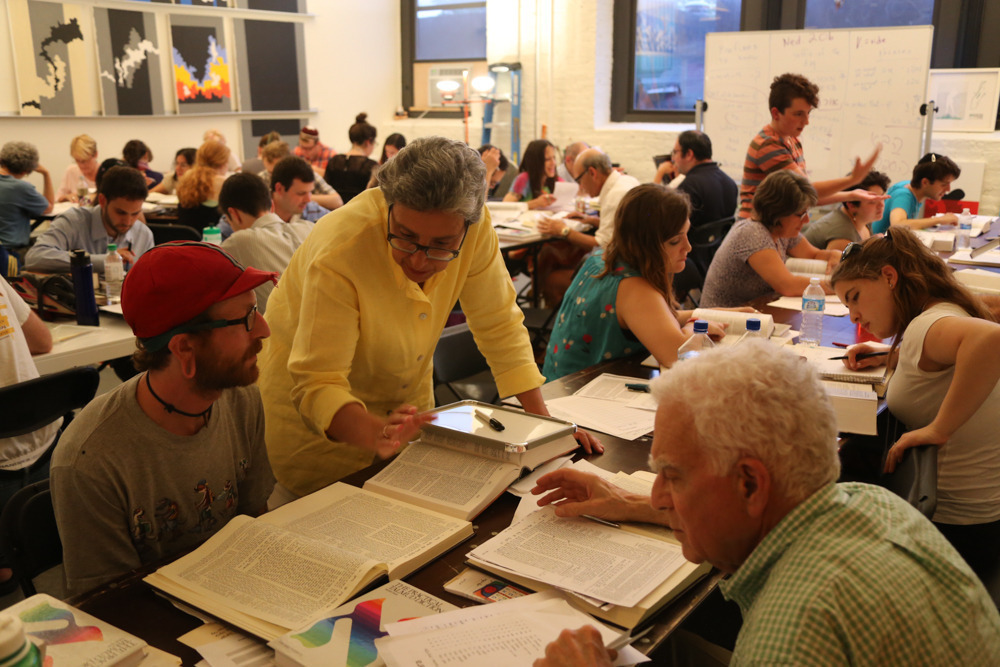
But now—when the norms of our received tradition are no longer meaningful to many of our students—while we still must teach them to “gamar their gemara,”that’s no longer enough. Students must also “savar their svara”—they have to learn how the tradition works, not just what it says, and to challenge it—with awe and trepidation, but also with boldness and confidence—to make it better.
Students must be taught that not only are they permitted to engage with the tradition in this way, but that it is actually their responsibility. We have to teach our students that to reshape the tradition, even radically so, to the point of overturning it where necessary, is a deeply traditional Jewish act. We must teach them the rules of the game—to bring their moral intuition, now informed by deep Jewish learning, to bear on the tradition they now own, to make it better. We must trust them to be the chazal(sages) of the next Jewish future and make sure they see themselves that way.
The Covenant Classroom must not only be a place where we, as teachers, transmit the tradition as we received it, but where we gather the most “svara-dik” students we can find—especially those on the fringes who will bring their outsider insights with them–and teach them how to apply their svara to it, to make the tradition they’ll hand down to their children even better.
–Rabbi Benay Lappe, Founder and Rosh Yeshiva, SVARA: A Traditionally Radical Yeshiva, 2016 Covenant Award Recipient
A Covenant Classroom of Differentiated Instruction
Our tradition teaches, “Educate each child according to their way, so even when they grow old, they won’t depart from it.” Our Jewish community is committed to educating our children, but this must always be joined with the corollary commitment to meet each child where he or she is.
I see the “Covenant Classroom” as one where one size does not fit all. If we want children to truly embrace our ancient traditions, we need to see children as they are, and provide them with the tools they need to succeed. This includes “differentiating instruction” – tailoring our teaching to each individual student. We must work to reach our different students in varied and tailored ways.
At the Shefa School, we begin with the assumption that each child is born capable, competent and full of potential. While all of our students come to Shefa because they have language-based learning disabilities, we strive to highlight their strengths, even as we are constantly working to remediate the areas of challenge. We know that confidence is built through increasing competence. If a child is struggling to read, it impacts their sense of self, and their access to the wondrous world of literature and text. It is not enough to tell our children, “don’t worry, you are great even if you can’t read.” Instead, we have the responsibility to find a way to give them the skills and tools they need to become competent readers.
Current research has found successful techniques to achieve this goal. For Shefa students, this means providing a multisensory Orton-Gillingham based reading program in a homogenous small group for 80 minutes each day, and small writing groups another 45 minutes a day. Our students need the tasks of reading and writing broken down into smaller and more explicit parts. With this type of instruction, they are able to become competent and confident readers and writers. In other settings, and in past times, they may have been labeled non-readers and left unsupported.
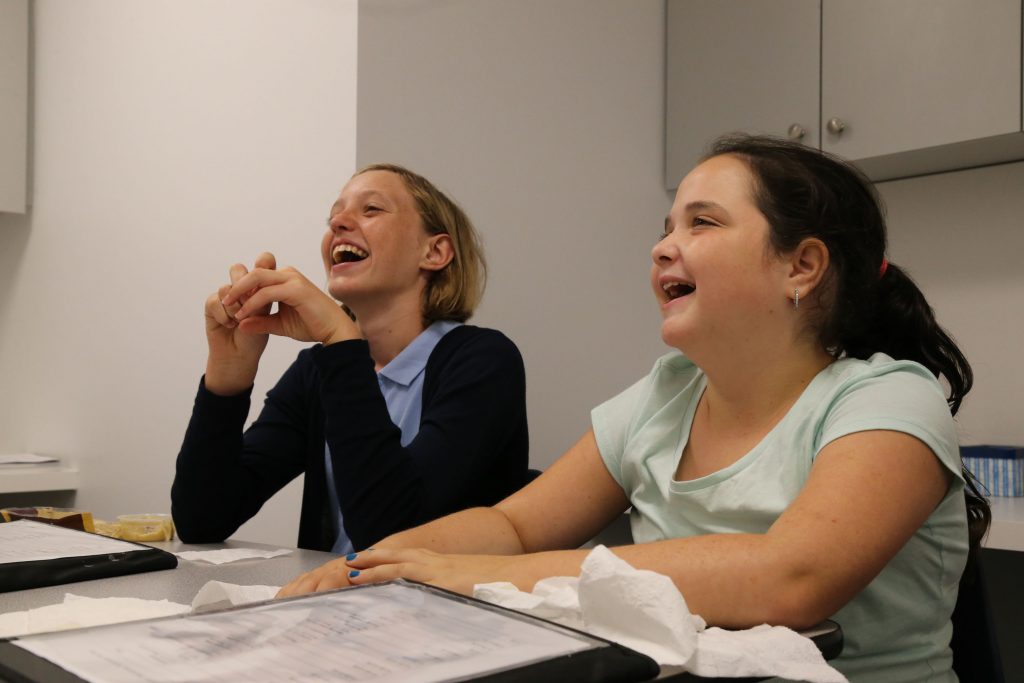
Children are eager to be engaged in the world of ideas. Children love sinking their teeth into high-level content, and learning about history and science, politics and Jewish life. But the material needs to be presented in a way that feels alive, relevant, and accessible. Often many students – and certainly our Shefa students – get lost not because the content is too challenging but because the mode of instruction – an oral presentation by the teacher or a language-heavy textbook – is inaccessible. If teachers can provide visual supports, if teachers can show videos and other artistic representations, if teachers can provide wait time after a posing a question to allow students who need a few seconds to collect their thoughts, students who otherwise feel left behind can become more fully engaged in their learning.
While it may not be possible to tailor every moment of instruction to every student in our classrooms, we try to encourage teachers to consider the diverse needs of their students in every lesson that they design. And as part of our covenant to our children, we must encourage administrators to provide our teachers, who are working so hard on behalf of their students, the training, tools, and time to fulfill our religious obligation to “educate each child according to their way.”
–Ilana Ruskay-Kidd, Founder and Head of School, The Shefa School, 2016 Covenant Award Recipient
